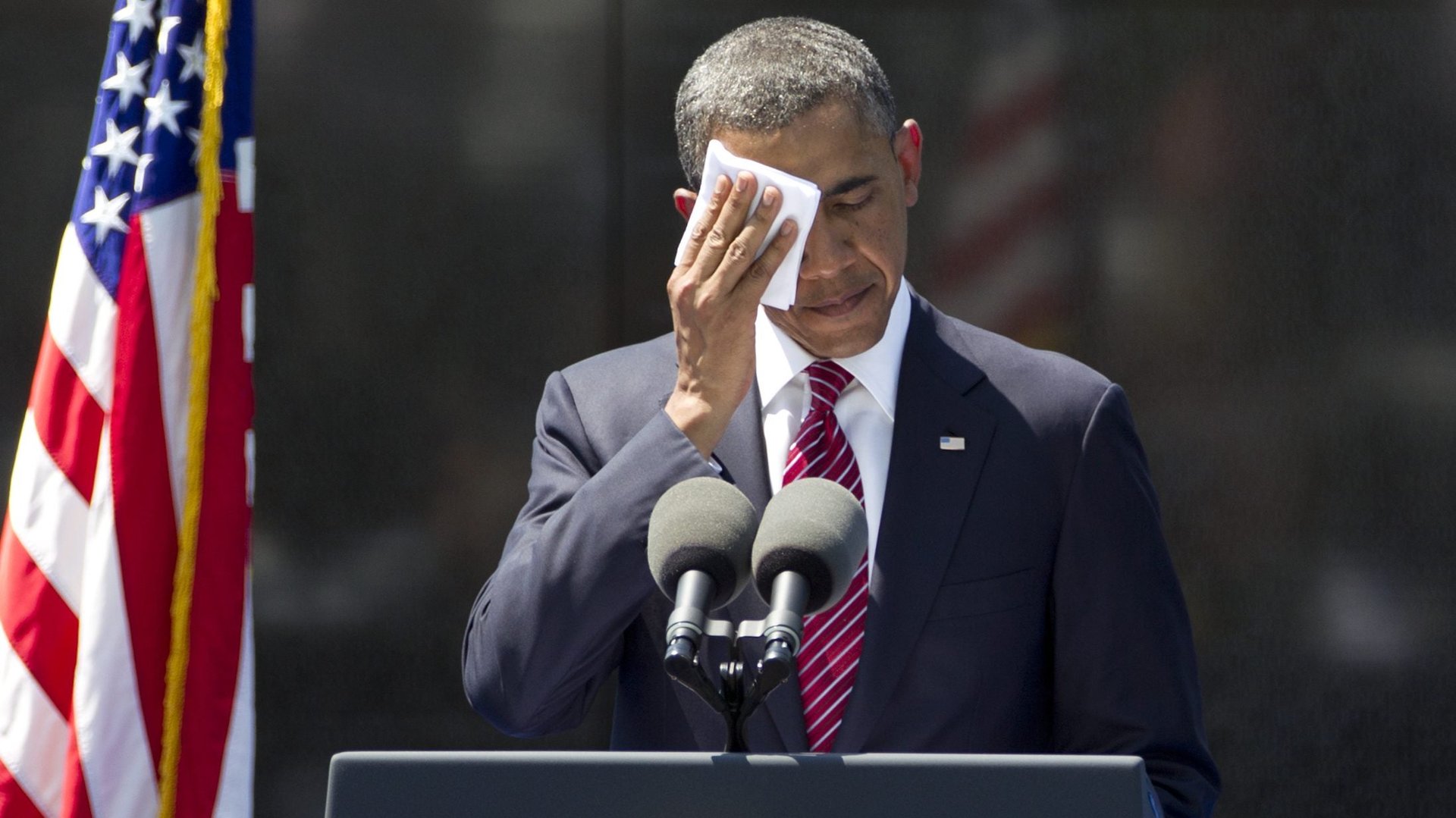The first rule of public speaking, according to an expert on eloquence
So you’ve been asked to speak publicly. Feel free to sweat profusely, rifle through some $10 vocab words, pick out what you’ll wear, sweat some more. But first: Ask how much time you have to speak.


So you’ve been asked to speak publicly. Feel free to sweat profusely, rifle through some $10 vocab words, pick out what you’ll wear, sweat some more. But first: Ask how much time you have to speak.
“Organizers usually have an answer,” says linguist David Crystal in his 2016 book, The Gift of the Gab, which explores the mechanics of eloquence. “They know, from bitter experience, how much their audience can take before they start to fidget and look at their watches. Distrust any organizer who replies with, ‘Oh, as long as you like.'”
That goes for any form of public speaking, whether it’s a wedding toast or a work presentation.
Fans of extemporaneous speaking or the hour-long Winston Churchill speech may sniff at the idea of the well-timed talk, but the truth is that natural-sounding speeches that sound like they were made up on the spot can be some of the most well-rehearsed. Knowing the time limit is key, because it’s the only way to create at least a loose structure that helps you hit your mark.
And crucially, in an environment with so many available distractions, time limits show respect for the listener. As Crystal notes in The Gift of the Gab, long-winded, ill-conceived talks can cause physical discomfort. “People remember the discomfort, not the content,” he writes. This resonates intensely with me. I’ve been organizing TEDxNewYork for four years as a local volunteer, and it’s one of our biggest production stress points: If you don’t take care of people’s biological needs (food, bathrooms, air temperature, time limits that help keep people focused), then that’s all they’ll remember.
It’s the same reason why TED speakers dread the famous countdown clock. The organizers of the conference (disclosure: I was formerly employed at TED’s headquarters) are strict about the exact number of minutes each speaker is allotted, and aren’t shy about letting them know if they don’t think they’re going to hit the target. Live at the conference, session hosts will creep up the steps and hover at the stage’s edge to let a speaker know they’ve gone on too long and need to wrap it up.
The tendency to go on too long is common in work meetings, and in social situations, too. Lack of preparation by wedding party members and in-laws is why the long-winded wedding toast is such a common dread among guests and brides- and grooms-to-be. Alcohol and inexperience presenting don’t help—they can cloud the judgment and pacing of speech-givers. All the more reason to get some guardrails in the form of a time limit, and to practice sticking to it.